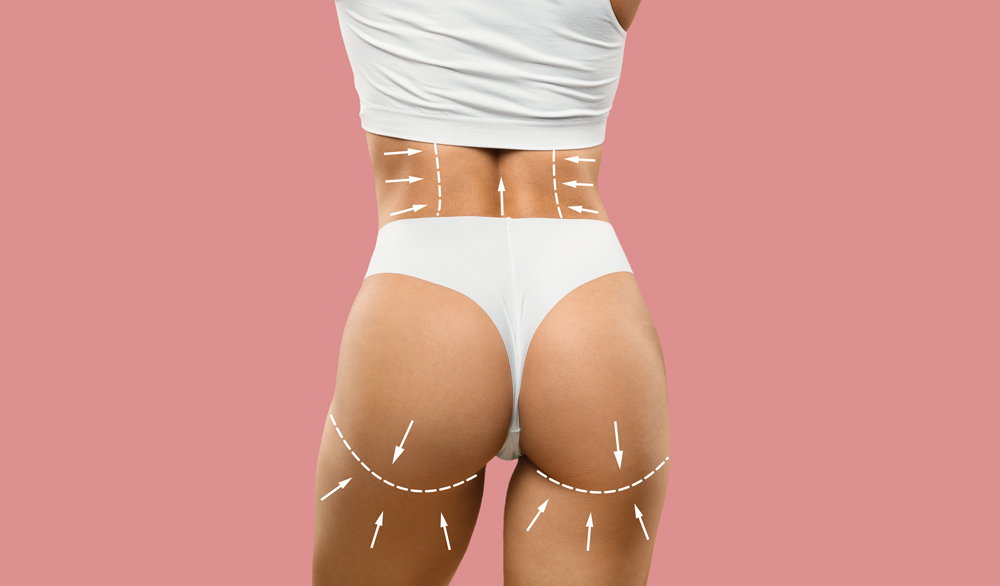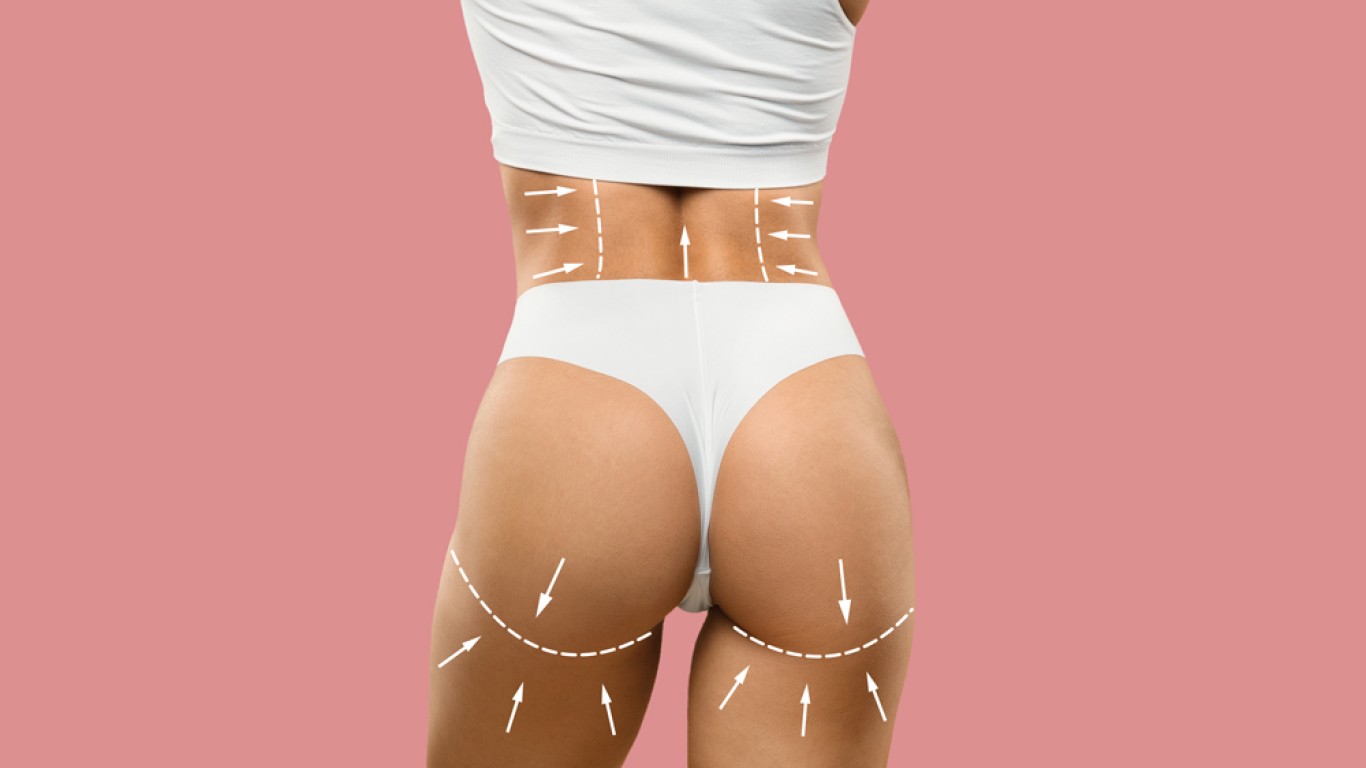Significant weight loss often leads to loose thigh skin and uneven leg contours. These changes occur because the skin and underlying tissues can’t retract. This is common after a major size reduction. A thigh lift after weight loss addresses these concerns. It does this by removing excess skin, tightening supporting tissues, and refining leg shape. This guide explains what the procedure involves. Discover how surgeons plan treatment, and what individuals can expect during recovery in 2025.
Why Weight Loss Affects the Thighs
The thighs carry a considerable amount of skin and subcutaneous fat. After long periods of stretching, the skin may not regain elasticity once weight decreases. Additionally, tissue support structures loosen over time. This leads to sagging, creases, and inward folding along the inner thigh. A thigh lift after weight loss focuses on correcting these issues. It does this through targeted removal and reshaping.
Thigh Lift After Weight Loss: Different Types of Procedures
Thigh lifts vary based on the degree of laxity.
- Inner Thigh Lift: Targets loose skin along the inner thigh.
- Vertical Thigh Lift: Addresses significant laxity by removing a vertical segment of skin.
- Spiral Lift: Improves front, back, and inner thigh laxity.
- Extended Thigh Lift: Used when laxity spreads across the thigh and hip region.
The chosen method depends on tissue behaviour and the individual’s leg structure.
How Surgeons Assess Thigh Laxity
Assessment includes analysing:
- Skin redundancy
- Tissue elasticity
- Fat distribution
- Thigh circumference
- Groin crease position
- Leg symmetry
Additionally, surgeons evaluate mobility and skin quality. AI tools in 2025 help measure tension patterns and simulate expected contour changes. These assessments guide planning for a thigh lift after weight loss.

Thigh Lift After Weight Loss: Where Incisions Are Placed
- Incisions depend on the type of thigh lift.
- Inner thigh lift incisions sit within the groin crease.
- Vertical lift incisions run along the inner thigh.
- Extended lift incisions continue toward the hip.
- Spiral lift incisions curve around the thigh.
Surgeons choose placement that balances access and concealment.
Thigh Lift After Weight Loss: How Tissue Is Tightened
- The surgeon removes excess skin after lifting the tissue.
- Deeper layers are tightened using internal sutures.
- These sutures support the thigh’s new shape and reduce tension on the skin.
- This layered approach helps ensure controlled healing.
A thigh lift after weight loss relies heavily on these internal supports to maintain contour.
Combining Liposuction With a Thigh Lift
Liposuction is often included to refine shape. It helps remove small pockets of remaining fat that weight loss did not address. Additionally, liposuction improves transitions between the thigh and surrounding areas. This combination enhances shaping results by targeting both skin and volume.
Thigh Lift After Weight Loss: What to Expect Post-Surgery
During the first days, swelling and tightness are normal. Compression garments support the thighs and reduce fluid build-up. Specialists encourage controlled movement to maintain circulation. However, strenuous activity is avoided. These steps support predictable healing during a thigh lift after weight loss.
Early Recovery Stages
- Recovery progresses in stages.
- Week one focuses on swelling control.
- By week two, movement becomes easier.
- By week three, discomfort decreases steadily.
- Stitches may dissolve or be removed depending on type.
- Walking improves gradually, although long strides may feel tight initially due to tissue adjustment.
Long-Term Healing and Scar Maturation
Scar maturation continues for several months. The incision starts red and slightly raised. By six months, it becomes lighter and flatter. At one year, the scar usually settles into a softer and more refined state. Placement within natural creases helps minimise visibility.
How Thigh Contour Changes Over Time
Thigh shape remains firm initially due to tissue tightness. As swelling decreases, contours appear smoother. Internal sutures support shape during early healing. By three to six months, the final contour becomes clearer. A thigh lift after weight loss aims for natural transitions along the legs and hips.
Conclusion
A thigh lift after weight loss removes loose skin, tightens tissues, and refines leg contour. Through careful assessment, targeted incisions, and structured internal support, specialists achieve predictable shaping and smoother thigh lines. Recovery progresses in phases, with continued improvement during scar maturation and contour settling.
For more information and to book a consultation visit the ACIBADEM Beauty Center Aesthetics webpage.
Frequently Asked Questions
It depends on the type but often sits along the inner thigh.
Yes, it removes remaining fat for smoother contour.
Swelling decreases steadily over several weeks.
Light activity resumes early but full activity takes longer.
It suits those with loose skin after significant weight loss.














